NedM
No longer a newbie, moving up!
- Joined
- Jan 6, 2014
- Messages
- 390
- Reaction score
- 64
- Location
- USA
- Can others edit my Photos
- Photos OK to edit
Hey guys. I'm finally diving into the world of working in a studio environment. I recently shot with a model in my studio the other day and when I put the images onto my computer I noticed a lot of discrepancies.
Here's a shot straight from the camera:
STUDIO SHOT
Camera settings:
Canon EOS 5D Mark II
F/11
1/200 sec.
ISO-160
Tamron 24-70 2.8 shot at 50mm
White Balance: Set to custom at 5700K
Lighting setup:
I had two Flashpoint 620M 300 Watt monolights setup both at 1/2 power. I had one 24x36 Softbox and one 30x60 Softbox setup. You can see my setup more clearly here:
SHOT OF STUDIO
Here are some questions I have:
Why is my background not completely white but instead a bit more warm in some areas?
How can I improve or reduce the shadows in her eyes and also caused by her hair?
How can I make her skin tone more flattering? It's a bit orange or saturated to me.
These are the only questions I have right now, but any help would very much appreciated!
Here's a shot straight from the camera:
STUDIO SHOT
Camera settings:
Canon EOS 5D Mark II
F/11
1/200 sec.
ISO-160
Tamron 24-70 2.8 shot at 50mm
White Balance: Set to custom at 5700K
Lighting setup:
I had two Flashpoint 620M 300 Watt monolights setup both at 1/2 power. I had one 24x36 Softbox and one 30x60 Softbox setup. You can see my setup more clearly here:
SHOT OF STUDIO
Here are some questions I have:
Why is my background not completely white but instead a bit more warm in some areas?
How can I improve or reduce the shadows in her eyes and also caused by her hair?
How can I make her skin tone more flattering? It's a bit orange or saturated to me.
These are the only questions I have right now, but any help would very much appreciated!


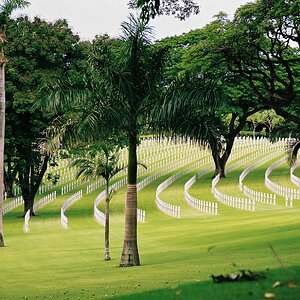
![[No title]](/data/xfmg/thumbnail/39/39290-dfb3e819bd94a7f30797638ae1ae27cf.jpg?1619738958)
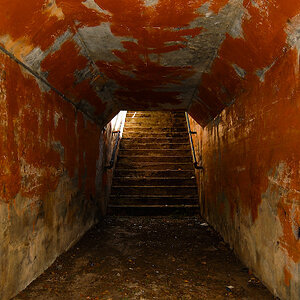
![[No title]](/data/xfmg/thumbnail/31/31748-63241c520f250328a5ec32959b8f53d0.jpg?1619734989)
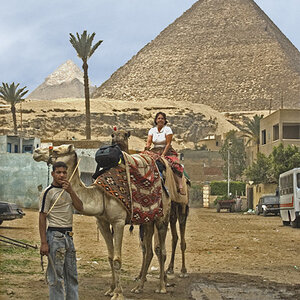
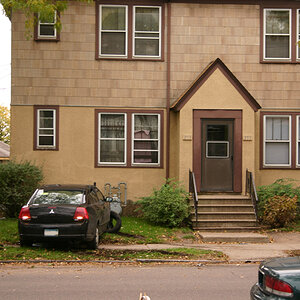
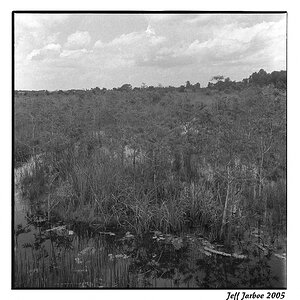
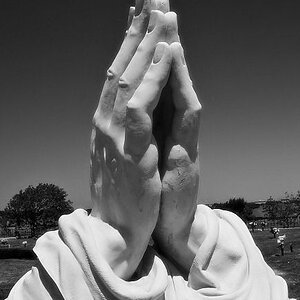
![[No title]](/data/xfmg/thumbnail/31/31749-6cf0f99d6bdedf47f7387c5b943fb717.jpg?1619734989)